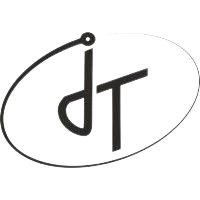BLE Wearable Device Design with Power Optimization and OTA
Wearable devices are one of the primary movers in the IoT segment. Wearable are small form factor devices that are being worn in person as a wrist watch, arm/wrist band, ring, eye glass or even in shoes. These devices provide a specific functionally like heart rate monitoring, temperature monitoring, step counting etc. Typically Wearable devices are being deployed across segments, to name a few, like
Indium Tech Technologies has designed and developed many embedded devices for the IoT market. This case study covers one such case where our customer benefitted by our expertise in wearable designs. Our customer had a requirement to develop a wearable that is targeted for certain specific consumer application. The design should be robust along with the constraints of power, size and performance. The device should pair with mobile apps and be able to perform various functionalities.
Wearable Device Development Based on the customer requests, Indium Tech designed the system to meet the functional requirements. Texas Instrument's CC2541 is chosen as the wireless microcontroller in the system. Various sensors are added to the system in line with the requirements of the customer. Some of the sensors include a low cost and low power accelerometer, switches, etc. For another version of device, that is to run on a re-chargeable battery, few more special purpose IC's are added along with the battery charging and monitoring circuitry. Buzzer and LED are provided for audible and visual notifications/alarms. Since the board has to be placed on a custom designed enclosure that gives the final product a stylish look, our PCB design is taken care to suit the same. Component Placements are made taken care of physical constraints. Antenna design is taken care for optimal transmission and reception. Firmware for the device is designed with consideration of BLE standards. Standard GATT profiles are supported along with few custom profiles to include device specific functionalities. A high level configuration options are provided over these profiles to suit individual user needs.
As the whole system is expected to run on a low cost coin cell battery - typically CR2032 for more than 6 months. So it is very important to do a careful profiling of power consumption and optimization. Backed by experience in working with battery powered embedded devices for more than a decade, our team worked on each peripheral and came up with individual power consumption. All the data are put together. Optimization is done on the low level hardware as well as on the higher level firmware to obtain the best power performance. The BLE stack is also configured suitably to compliment the lean design of other modules.
